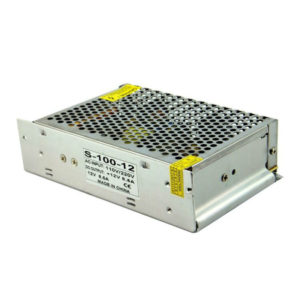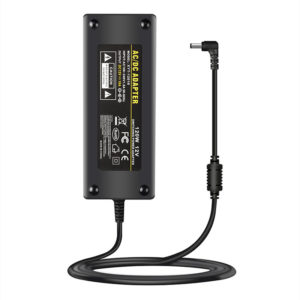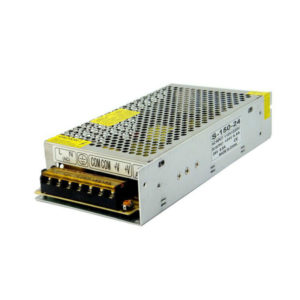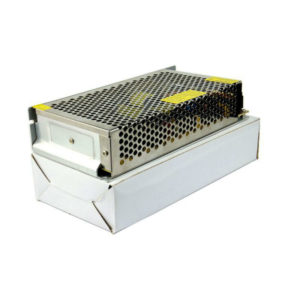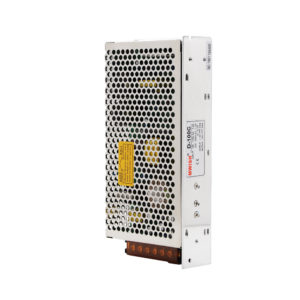Showing all 5 results
-
CE RoHs 12V 100w 8.6A LED Driver LED Strip Power Supply Aluminium Case
$4.60 -
Desktop 12V10A Power Adapter 120W Full Power 100-240V AC DC Adapter
$7.20 -
Single Output 110V LED Driver 24V 6.3A 150 Watt Strip Switching Power Supply
$5.80 -
Single Output DC12V 12.5A LED Driver 150w LED Strip Power Supply Indoor
$5.80 -
Single Output Indoor LED Strip 24v 4a LED Driver 100w Power Supply Short circuit Protect
$4.60
What is a power supply ?
A power supply is the backbone of any electronic system, and a power supply is the source of power that powers the system. Choosing the right power supply can be the key difference between a device that works at optimal levels and one that may provide inconsistent results.
In addition to alternating current (AC) to direct current (DC) power supplies, direct current to direct current converters are also available. If DC is already available in your system, a DC-to-DC converter may be a better design choice than AC.
As discussed below:DC power supplies are either unregulated or regulated. There are several options for regulated power supplies, including linear, switching, and battery-powered.
The power supply takes AC power from the wall outlet, converts it to unregulated DC, and uses an input power transformer to step down the voltage, usually to the voltage required by the load. The transformer also separates the output power from the mains input for safety reasons.
Once the voltage is rectified, there are still fluctuations in the waveform—the time between peaks—that need to be smoothed out. The rectified AC voltage is then filtered or “smoothed” with capacitors.
Capacitors are usually very large and create an energy store that is applied to the load when the rectified voltage drops. The energy from the input is stored in the capacitor on the rising edge and dissipated when the voltage drops. This significantly reduces the amount of voltage drop and smoothes the voltage. Increasing the storage capacity of a capacitor usually results in a higher quality power supply.
power comparison
There are two types of AC power, unregulated and regulated. An unregulated power supply is the most basic type of power supply and cannot provide a stable voltage to a load, while a regulated power supply can and has many different design options.
Linear converters are the least complex but also generate the most heat, while switching converters are more complex and cooler but generate more noise. The battery is usually a switching converter. Each has advantages and disadvantages, but which one to use depends largely on the type of application and the conditions under which it is run.
How to choose select power?
When selecting a power supply, there are several requirements to consider.
Power requirements of the load or circuit, including, voltage current
Safety features such as voltage and current limiting to protect the load.
physical size and efficiency. , System noise immunity. , Current overload warning
Considering the above factors, the power supply must be operated below its maximum rated output current. Loads drawing more current than the adapter is rated for may cause inconsistent results or device failure. Overloading the converter can lead to overheating and eventual failure, which can cause a fire or damage the load itself.
important specifications
While all power supply specifications are valuable, some are more important than others. A few specifications to be aware of are:
Output current: The maximum current that can be supplied to the load.
Load Regulation: Load regulation is the ability of a regulator to maintain its output as the load current varies, usually measured in millivolts (mV) or maximum output voltage.
Noise and Ripple: Noise is any added and unwanted electrical disturbance, and ripple is a small change in voltage when alternating current is converted to direct current. These are usually combined into one measurement. In a switching power supply, the measurement is given in peak-to-peak value, showing the extent of the noise spikes generated by the switching.
Overvoltage Protection: Sometimes the output voltage may exceed its nominal value and may damage the load. Overvoltage protection is a circuit that shuts down the power supply when a voltage limit is exceeded.
Overload Protection: Overload protection is a safety measure used to prevent damage in the event of a short circuit or overcurrent. Like a circuit breaker in a house, overload protection cuts power before it can damage the load.

